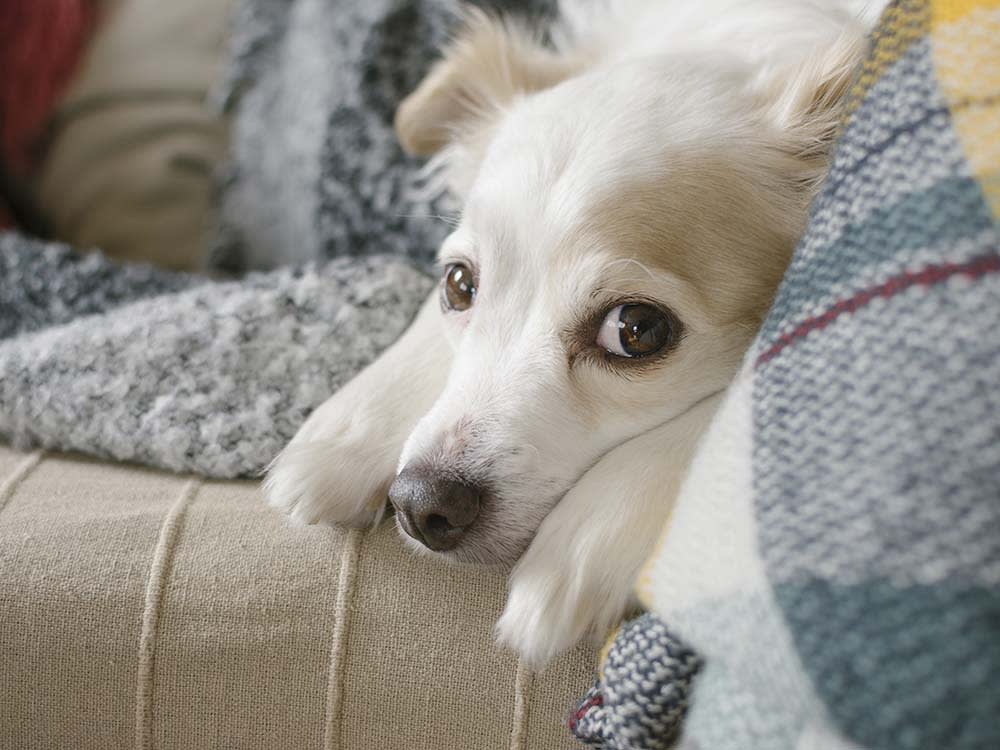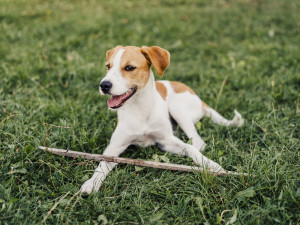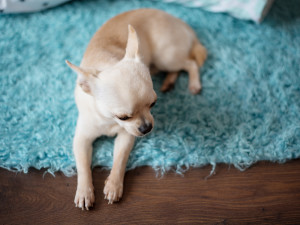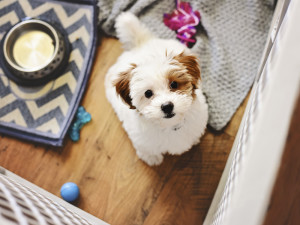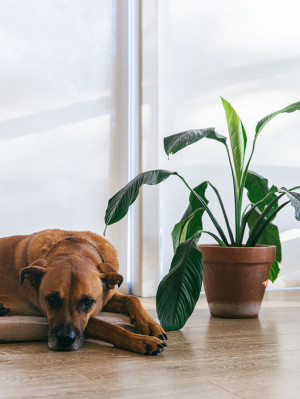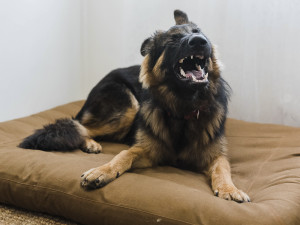“How Can I Train My Adult Rescue Dog to Stop Scent Marking All Over the House?”
Celebrity dog trainer Victoria Stilwell on how to keep your dog from using your living room as a toilet
"We adopted a young male dog from a puppy mill who is an ideal playmate for our female dog and is perfect in all ways but one: though we walk him multiple times a day, take him out after meals and pay close attention to him, he still pees in the house, and will even lift his leg on us! We’ve taken him to the vet and he received a clean bill of health. How can we stop our dog from scent marking our house – and ourselves?"
Scent marking is a very normal and common behaviour, particularly in male dogs, but it becomes a big problem when marking occurs in your house. Dogs mark to advertise their presence and to claim territory and resources. Pee and poo contain pheromones, or chemical messages, that convey information – age, gender, health and reproductive status – about the dog doing the marking.
Resources such as toys, food bowls, chew treats, bones and beds are the most likely objects to be marked. As you’ve experienced, a dog will also actually mark a person or something that smells heavily of that person, such as a sofa or bed.
Even though marking can have a dominant and competitive component, it may also occur if a dog is overstimulated – for example, during or after vigorous play – or becomes anxious in a particular situation, such as when a person leaves. This common expression of anxiety in dogs is often mistaken for spite, resulting in punishment, which only serves to increase the anxious behaviour. Scent marking is also more common in multi-dog households where dogs compete for space, resources and human attention.
Unlike with submissive urination, which is typical in puppies, both sexes scent mark, but intact males are the worst offenders, as signalling sexual availability and claiming territory is ‘encouraged’ by the presence of testosterone. In many cases, neutering can significantly reduce a dog’s desire to scent mark, but some continue even after they have been neutered.
How to stop a dog from marking
Although this is a difficult behaviour to break, taking the following steps can improve the situation.
Prevent scent marking in the first place
Remove high-value resources that encourage competitive marking, and do not allow the dog or dogs who scent mark to roam freely throughout the home.
Prevent access to favourite marking spots by restricting the dog(s) to a dog-proofed room or crate when you are unable to actively supervise them.
Avoid competitive or vigorous play indoors, as excess activity encourages urination.
Train your dog to stop scent marking
You must catch your dog in the act. Never punish your dogopens in new tab for markings that you find later.
If your dog is about to mark, interrupt the behaviour with a short, sharp vocal noise.
Immediately redirect them to something more positive, or take him outside and reward them for the desired behaviour.
Repeat. Continue to provide your dog with positive reinforcement of desired behaviours. It may take some time for your dog to begin making the connection, but most dogs respond quickly. Human patience and sensitivity is the key to success.
Pro tip: you can also help an indoor-marking dog succeed by walking them in new and different areas; this will encourage them to mark outside rather than in your home.
How to house train a puppy mill dog
Training young adult dogs who are not housebroken to go to the bathroom appropriately can also be a challenge. Most dogs raised in a normal domestic situation respond well to a good house-training schedule, but those who have lived in puppy mills (also known as puppy farms) are notoriously difficult.
Dogs are essentially clean animals and do not like to toilet where they sleep and eat, but because puppy mill dogs are confined to cramped cages, they are forced to do just that. This makes crate training (a usually successful way to house train a dog) much less effective. However, even puppy mill dogs can be taught to go to the toilet appropriately. You’ll need to go back to house training basics.
Allow access to outside areas every hour, then make less-frequent trips as the dog builds up control.
Follow a schedule to establish a ritual of behaviour, which will eventually become predictable and reliable.
The bottom line: every dog needs to feel confident about going to the bathroom. Punishing accidents will only scare the dog into finding ways to toilet in secret – so avoid doing so at all costs.
